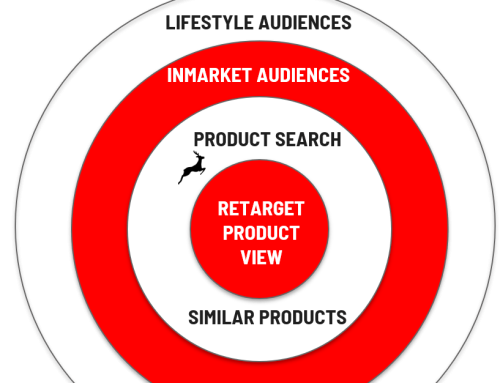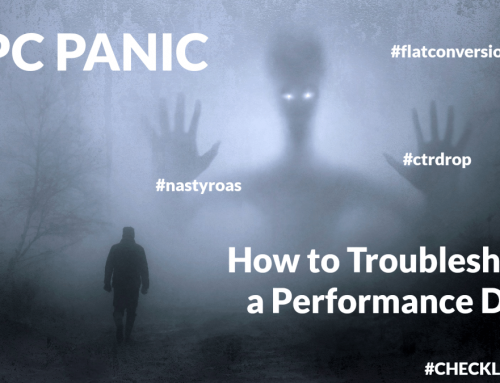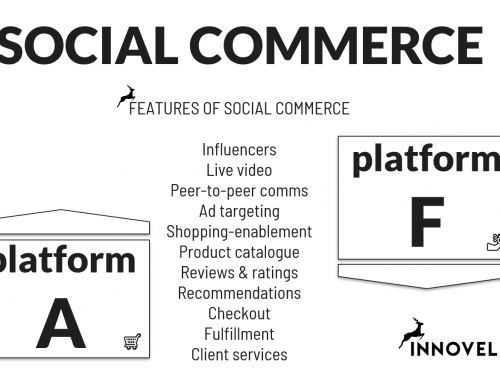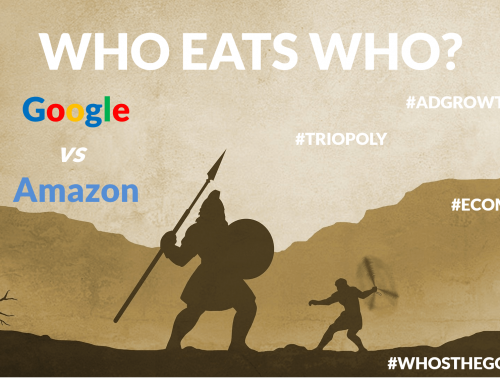In 1997 I wrote some articles on Internet Marketing. This was before WordPress. It was before Paid Search, before Facebook, before Twitter and it was before there was any real market on the Internet. My articles were optimised for Netscape Navigator and a 640×400 screen resolution. This article picks up the themes from the state of Internet Marketing in 1997.
“A Web presence may only be a part of your communication strategy, but for some (bright) companies, it has become a part of their marketing strategy, and for other (brilliant) companies it has become a part of their global strategy.”
In 1997 the word on the street was already “Content is King” but most companies would not have understood that a real revolution was under way. Building a web site was a must – nobody questioned it and therefore didn’t really know what to do with it once they had it. When you had a web site, you were on the internet and anyone in the world could find you.
The main themes in Internet marketing in 1997 were clearly focused on the strategic position of this media. Web sites were built on the basis of a printed Graphic Design as if they were brochures and budgets were established for the creation of a Web site only. Once it is launched you will have visibility for ever.
At the time there was little thinking beyond the Website. Few companies would have an Internet Strategy with defined landmarks and objectives.So what did Internet Marketing look like back then? The below model was my view of the matter at the time:
- Entry Marketing: getting the visitors to your website
- Exit Marketing: optimising the outcome of the visit
 All of this still exists today although the names are different. Instead of Entry Marketing we talk about Acquisition or about Inbound Marketing and instead of Exit Marketing we talk about Engagement or Conversion Optimisation. This same chart would look something like this today:
All of this still exists today although the names are different. Instead of Entry Marketing we talk about Acquisition or about Inbound Marketing and instead of Exit Marketing we talk about Engagement or Conversion Optimisation. This same chart would look something like this today:
| Inbound Marketing (Entry Marketing)
|
Engagement and Conversion (Exit Marketing)
|
2 big things have changed in 2012. 1) Big Data. The amount of data available for marketers has exploded and 2) Interweaving channels. Communication channels are interweaving and the Zap generation of “fragmented consumers” are constantly changing their behaviour within Digital Media.
Digital Marketing is no longer about optimising a structured path of Economic Man through an Internet Funnel – it is about wiring contents for maximum distribution and it is about constantly tweaking multiple levers on the basis of thousands of data points to maximise the value users take from content and bring back to brands, rock-stars and products.





